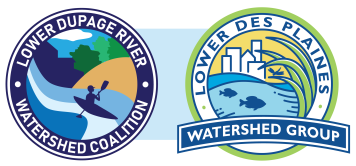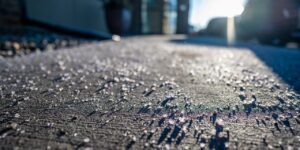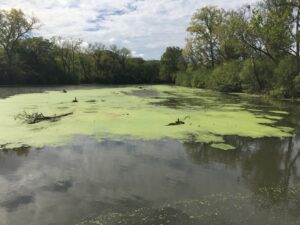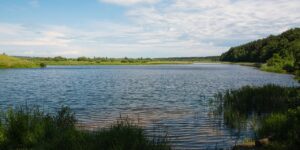What is a rain garden?
A “Rain Garden” is simply a shallow depression in your yard that’s planted with native plants that are accustomed to wet conditions. Rain gardens help to collect and filter rainwater and allow it to seep naturally into the ground. This helps to reduce the amount of pollutants and rainwater runoff reaching our streams and can help recharge groundwater aquifers. They also provide habitat for wetland fauna and enhance the beauty of your yard.
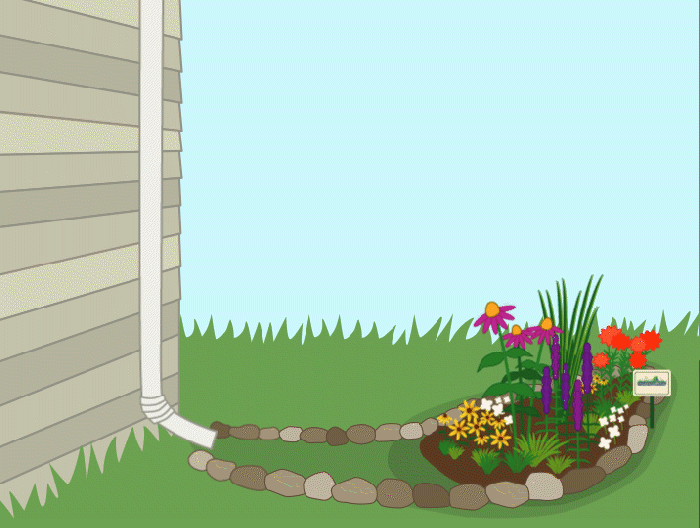
Rain Gardens are gaining popularity for three reasons:
1. Rain Gardens protect local streams and rivers.
Many of the streams in northeastern Illinois are affected by pollutants carried in rainwater that runs off our urban landscape. Non-source pollutants from our yards include excess nutrients and pesticides from lawn chemicals and pet waste. By keeping runoff out of storm drains, rain gardens help protect water quality in local lakes and streams.
Not only are the pollutants harmful to our streams, but the large amount of water that rushes through the storm sewers and into the streams erodes banks and causes downstream flooding. Rain gardens filter this water through the native plants deep roots system into the ground rather than rush into the streams. This also helps protect you and your neighbors from local flooding and drainage problems.
2. Rain Gardens are planted with beautiful, hardy, low-maintenance native perennial plants.
Once the plants are established, rain gardens can be maintained similarly to traditional flower beds but do not require fertilizer.
3. Rain Gardens provide food and shelter for birds, butterflies and beneficial insects, such as mosquito-devouring dragonflies!
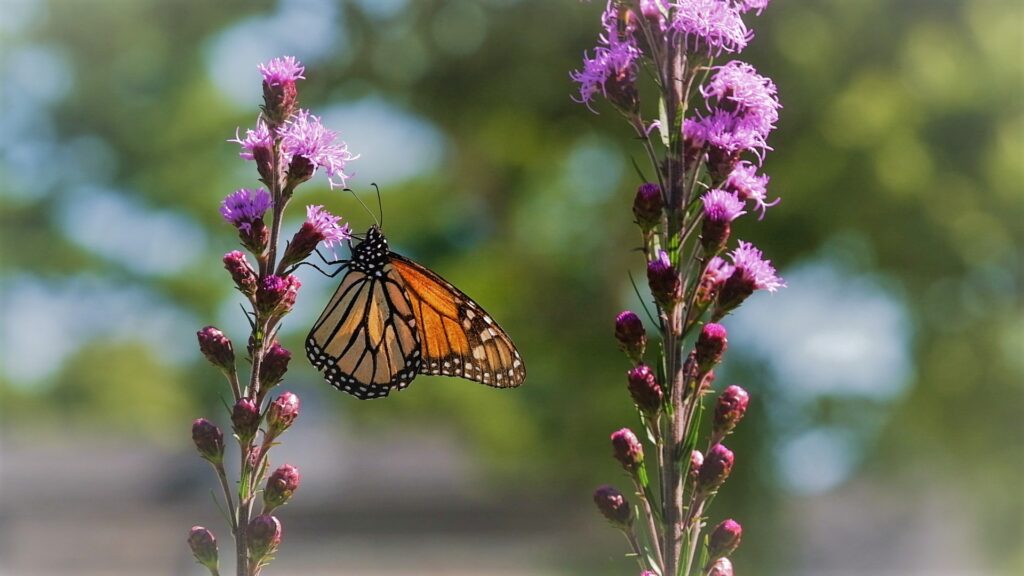

Where do I start?
- Each of your downspouts and your sump pump outlet are great places to begin – they bring water from your roof and that water can be directed into your rain garden.
- Rain gardens can also be made in places in your yard where water collects now – they can help solve drainage issues.
- The University of Wisconsin Extension Service put together a great resource on how to build your own Rain Garden. This 32 page Rain Garden Manual can be downloaded here in a PDF format.
- Applied Ecological Services has also provided its expertise on rain gardens in a Rain Garden Guide (click to view or download) created in partnership with The Conservation Foundation.
Where can I find native plants?
Many local organizations like the forest preserve districts, soil and water conservation districts and other environmental organizations hold spring plant sales that offer native plants and sometimes “rain garden kits”
Check out these local plant sources:
- Natural Communities Native Plants
812 N Washington Ave
Batavia, IL 60510
(331)-248-1016
https://naturalcommunities.net/ - Possibility Place Nursery
7548 W. Monee-Manhattan Road
Monee, Illinois 60449
(708)-534-3988
https://www.possibilityplace.com/ - The Growing Place
2000 Montgomery Road
Aurora, IL 60504
(630)-820-8088
AND
25w471 Plank Road
Naperville, IL 60563
(630)-355-4000
www.thegrowingplace.com
